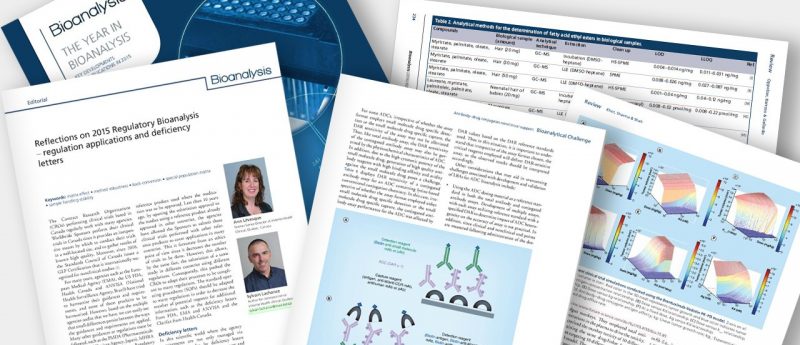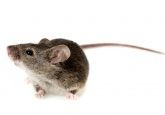A DBS method for quantitation of the new oral trypanocidal drug fexinidazole and its active metabolites

Sleeping sickness is the common name for human African trypanosomiasis (HAT), which is caused by bites of the tsetse fly, whereby kinetoplastid parasites – the trypanosomes – are injected. Two fly subspecies cause markedly different syndromes in sub-Saharan Africa: in western and central Africa, Trypanosoma brucei (T.b.) gambiense causes a chronic form of sleeping sickness, whereas in eastern and southern Africa, T.b. rhodesiense causes an acute form of the disease, which can lead to death within weeks or months [1,2]. Both forms of HAT evolve in two stages: early stage or stage 1 (hemolymphatic) shows nonspecific symptoms characterized by malaise,...





